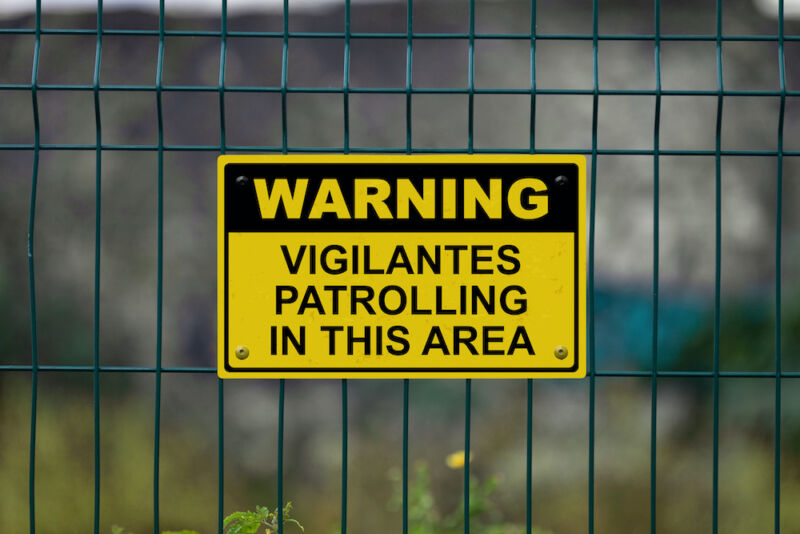
Enlarge (credit: Getty Images)
Not your typical malware
“It’s really unusual to see something like this because there’s normally just one motive behind most malware: stealing stuff,” Brandt wrote on Twitter. “Whether that’s passwords, or keystrokes, or cookies, or intellectual property, or access, or even CPU cycles to mine cryptocurrency, theft is the motive. But not in this case. These samples really only did a few things, none of which fit the typical motive for malware criminals.”
Read 8 remaining paragraphs | Comments







